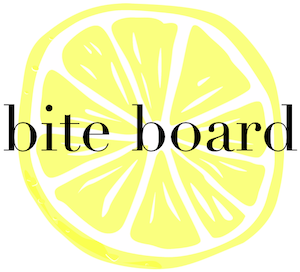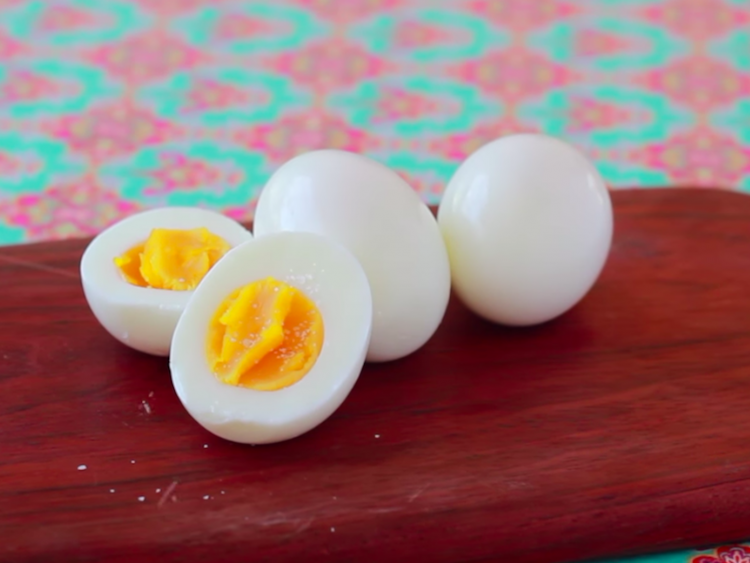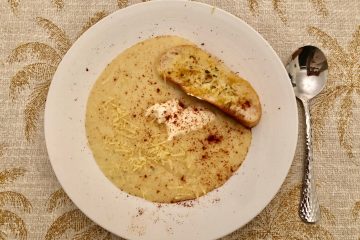When you are preparing a dish featuring cut or whole boiled eggs, you want the egg white to look baby-bottom smooth after you peel them.
Sometimes, even though you may boil the eggs in the same way you always do, they just won’t peel cleanly – the egg white comes away with the shell in annoying chunks.
While this is frustrating and can ruin the appearance of your finished dish, there are a few things you can do to ensure this doesn’t happen.
step-by-step: boil and peel eggs
- Use older eggs! We all have the belief that fresh is best. And while this is usually the case, it doesn’t work that way when you are trying to boil eggs to peel. Fresh egg whites bond strongly to the inner shell membrane. However, as an egg sits in the fridge for several days, the pH of the egg white increases, causing it to separate from the shell. This makes peeling it so much easier.
- Most of us were taught to pop the eggs into cold water and bring them to the boil. This can make them harder to peel. Start them in gentle simmering water and the egg white will be encouraged to separate from the shell. Simmer them for 7 minutes (for medium hard-boiled eggs) and then immediately refresh them under cold water. You’ll have perfectly smooth egg whites every time.
- Once cool, tap the eggs gently and evenly all over. Peel a section at the air pocket on the large end of the eggs and return them to the cold water. This will let some water into the eggs and help them peel. Gently peel away the shells.
- If you get an extra stubborn shell, you can try running a tablespoon around the egg to remove any remaining shell.
- Use the eggs immediately or store in the fridge in an airtight container filled with water or damp kitchen towel for up to 3 days. If popping a boiled egg into a school or work lunch box, wrap it in damp kitchen towel and place it in a sealable bag to prevent it from drying out.
Egg cooking times
4-5 minutes = soft
7 minutes = medium
11-13 minutes = hard








